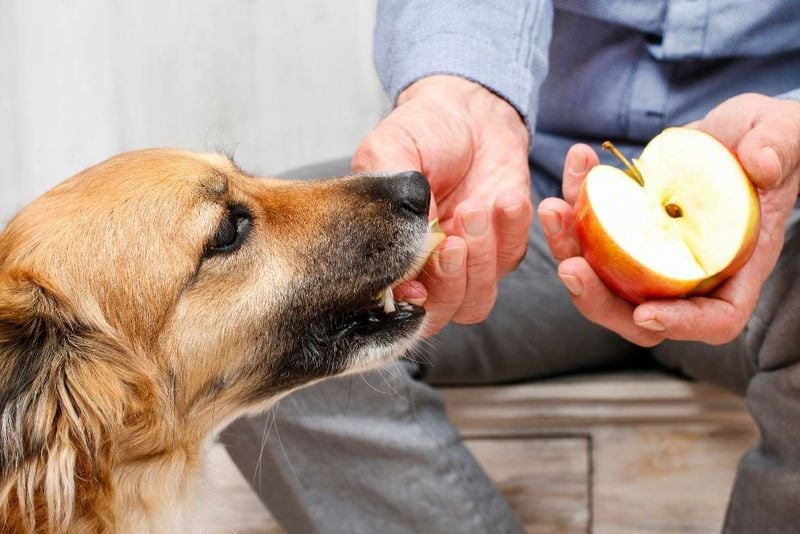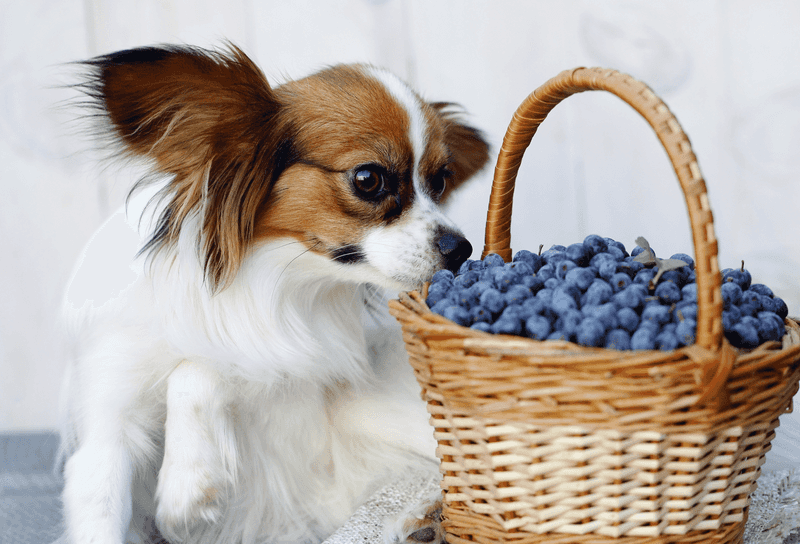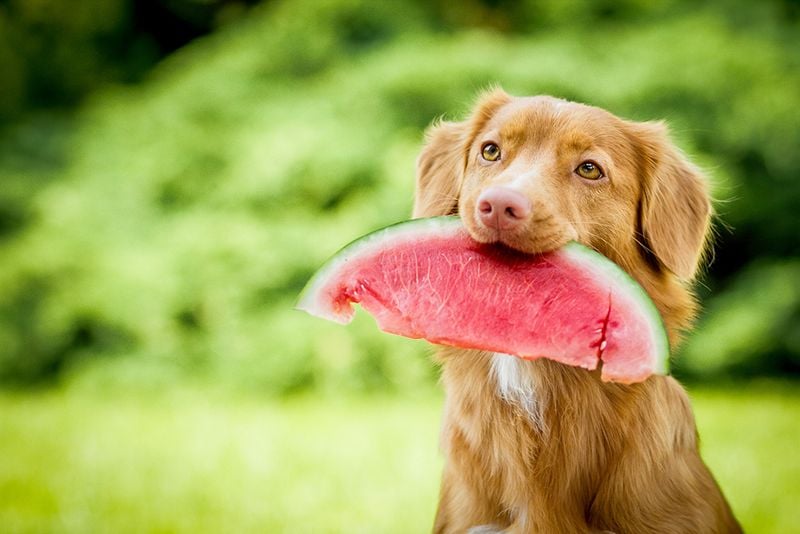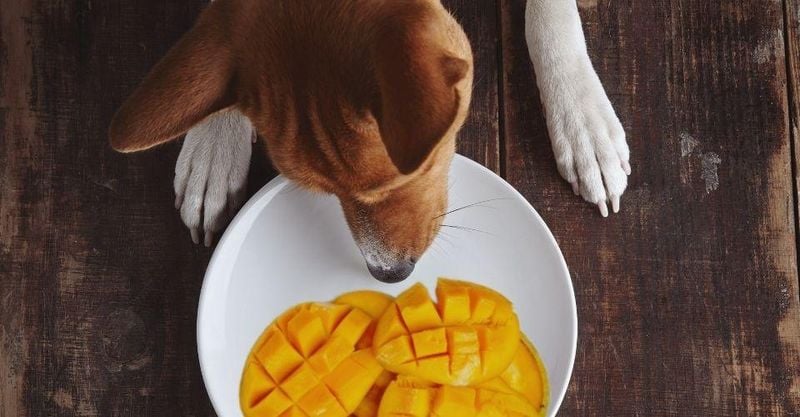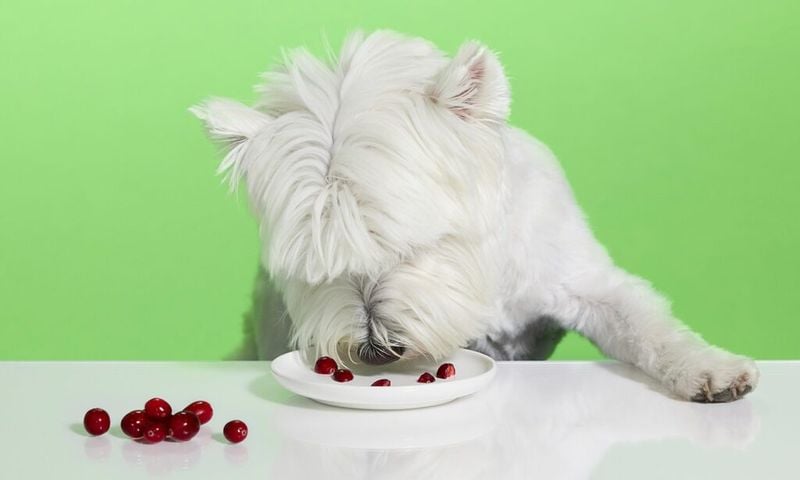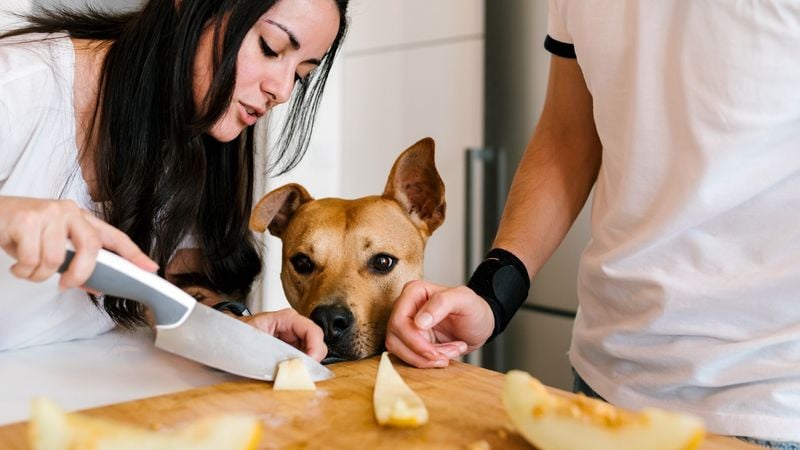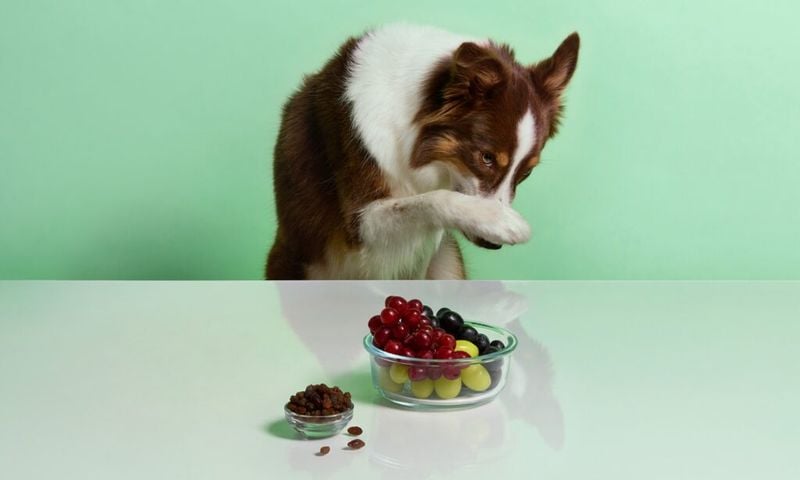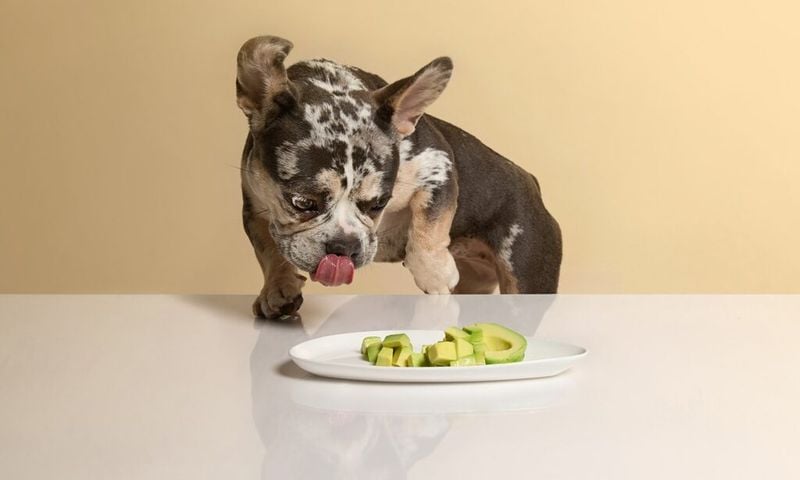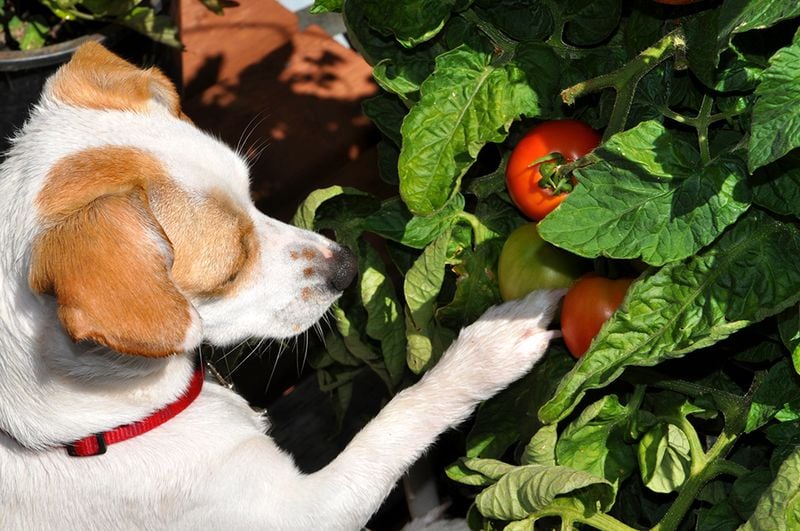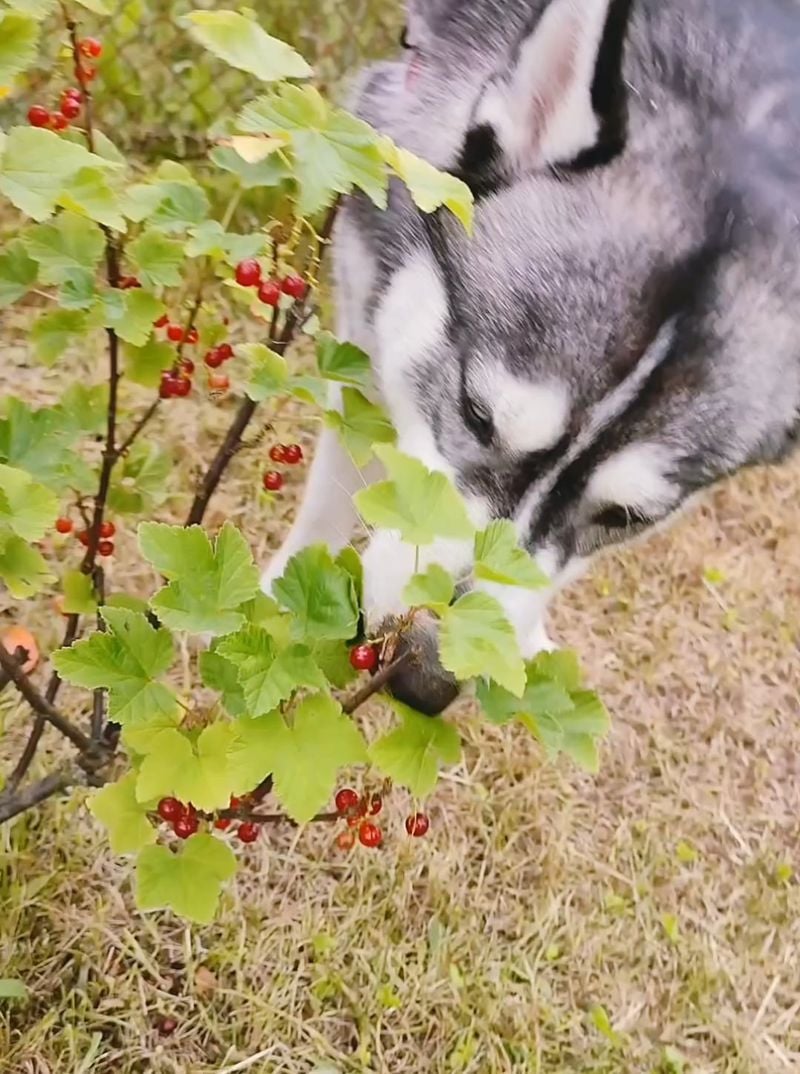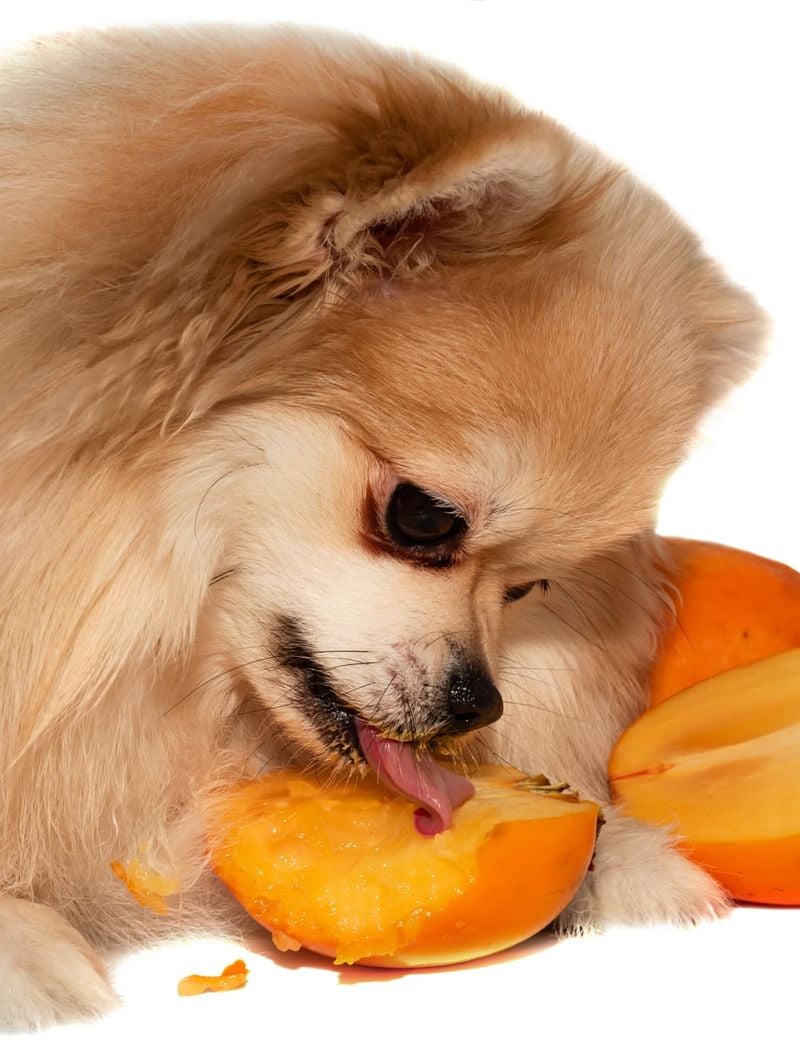What Fruits Can Dogs Eat? 10 Safe Options and 7 That Could Kill Them
Your dog might look up at you with those big, pleading eyes every time you bite into a juicy piece of fruit—but not everything on your plate is safe to share.
Some fruits are nutrient-packed, low-calorie treats that dogs can enjoy in moderation. Others, however, can trigger anything from a mild upset stomach to kidney failure—or worse.
The tricky part? Even popular and seemingly harmless fruits like grapes or cherries can be fatal for dogs, and most owners don’t realize the danger until it’s too late.
This guide separates the sweet from the seriously risky. We’ll spotlight ten fruits your pup can safely snack on—and expose seven common ones that could prove deadly.
Before you toss your furry friend a fruity bite, make sure you’re not putting their health at risk with a simple mistake.
1. Apples
Apples are a crisp, low-calorie treat that many dogs love. They’re packed with vitamin C and dietary fiber, and the crunch can even help clean your dog’s teeth.
Always remove the core and seeds—apple seeds contain cyanide, which is toxic over time. Slice apples into small pieces and introduce them slowly.
Peeling may help dogs with sensitive stomachs. In moderation, apples are a healthy and satisfying way to include fruit in your dog’s snack rotation.
2. Blueberries
Blueberries are tiny antioxidant powerhouses that support brain and immune health in dogs. They’re low in sugar and calories, making them a great choice for training treats.
Their soft texture makes them safe for dogs of all sizes, and they’re easy to serve fresh or frozen. A few berries can go a long way.
Like all fruits, they should be introduced slowly. Too many may lead to loose stools, but in moderation, blueberries are a super-snack for your pup.
3. Watermelon
Watermelon is over 90% water, which makes it a refreshing treat for hot days. It’s also full of potassium and vitamins A, B6, and C.
Always remove the rind and seeds before serving—both can cause digestive issues. Cut the flesh into bite-sized pieces for safe snacking.
Frozen watermelon cubes are a fun, hydrating option. While healthy, watermelon is sugary, so limit portions—especially for diabetic or overweight dogs.
4. Bananas
Bananas are soft, sweet, and full of potassium, which supports heart and muscle function in dogs. They also provide fiber for digestive health.
Because of their sugar content, bananas should be an occasional treat. A few slices are plenty, especially for small or sedentary dogs.
Mash them into food, freeze slices, or add them to dog-safe baked treats. If your dog is diabetic, consult your vet before offering bananas.
5. Strawberries
They are rich in vitamin C and fiber and even contain enzymes that may help whiten your dog’s teeth. Most dogs love their juicy sweetness.
Serve fresh strawberries only—never canned or sweetened, as they often contain harmful additives like xylitol. Always remove the stem and leaves.
Feed strawberries in small pieces to prevent choking. Start with a few at a time, and watch for any signs of upset stomach or allergy.
6. Mangoes
These tropics are full of vitamins A, B6, C, and E. They’re safe for dogs once peeled and pitted, as the pit contains cyanide and is a choking hazard.
Their soft flesh makes them easy to chew, even for older dogs. Slice it into small cubes or blend it into a frozen dog treat.
Because they’re high in sugar, mangoes should be served sparingly. Start small and see how your dog responds before adding it to the treat rotation.
7. Pineapple
Pineapple is safe for dogs and contains helpful nutrients like vitamin C, manganese, and digestive enzymes like bromelain. These can aid in protein digestion.
Only serve the soft flesh—remove the spiky skin and tough core first. Offer it fresh, not canned, to avoid added sugars and preservatives.
Chop it into small chunks or freeze it for a cooling summer snack. Stick to just a few pieces, since pineapple can cause loose stools if overfed.
8. Cranberries
Cranberries are tart, antioxidant-rich berries that may support urinary tract health in dogs. They’re especially helpful for dogs prone to bladder infections.
Offer only fresh or unsweetened dried cranberries. Avoid juices or processed products, as they often contain sugar or xylitol, which is toxic to dogs.
Serve in moderation—too many cranberries can upset your dog’s stomach. Sprinkle a few over their food or offer as a tiny, chewy treat.
9. Oranges
Packed with vitamin C and fiber, oranges are also acidic and sugary. That makes them best for dogs with strong stomachs and in small doses.
Always peel the orange and remove the seeds. The peel can be hard to digest and may cause GI upset. Start with just a segment or two.
Some dogs enjoy the zesty taste, while others might not. If your pup is prone to acid reflux, oranges might not be the best choice.
10. Cantaloupe
Cantaloupe is a sweet, hydrating fruit rich in beta-carotene and vitamins A and C. Its high water content makes it a good summer treat.
Remove the rind and seeds before serving, as they can cause digestive trouble. Cut the flesh into small chunks or scoop it out with a spoon.
Cantaloupe is naturally sugary, so limit portions. For most dogs, it’s a fun, refreshing snack that’s both safe and nutritious when served fresh.
While those fruits are safe and even beneficial in moderation, not all produce belongs in your dog’s bowl—some popular fruits can actually be deadly.
11. Grapes
They may seem like an innocent, healthy snack, but for dogs, they can be extremely dangerous—even fatal. Just a few can trigger sudden kidney failure in some dogs.
The scary part? Scientists still haven’t pinpointed exactly why grapes are toxic or which dogs are at risk. One dog may eat a bunch and be fine, while another could suffer severe consequences after just one.
Symptoms of grape toxicity include vomiting, lethargy, and loss of appetite within hours. If your dog eats grapes, seek emergency care immediately. Never assume they’ll “pass it through.”
Whether fresh, frozen, peeled, or seedless—grapes are never safe for dogs. Keep them completely out of reach, and let anyone who shares snacks with your pup know the risks.
12. Raisins
Raisins are just dried grapes—and they’re even more dangerous due to their concentrated nature. Even a small handful can be enough to cause kidney failure in dogs.
Because raisins are found in many baked goods and trail mixes, they’re easy to accidentally leave lying around. Dogs often snatch them without owners realizing the danger.
Like grapes, the toxic compound in raisins remains unknown. This makes it impossible to predict how much is “too much”—so there’s no safe amount.
If your dog eats raisins, call your vet or poison control immediately. Inducing vomiting quickly can sometimes prevent serious damage, but time is critical.
Never assume a small amount is harmless. The risk is too great, and the consequences can be tragic. Keep all raisin-containing foods well out of paw’s reach.
13. Cherries
While the flesh of cherries isn’t toxic, nearly every other part of the fruit is. The stems, leaves, and pits all contain cyanide—a compound that’s poisonous to dogs.
Even a small amount can cause trouble if chewed or swallowed. Cyanide interferes with cellular oxygen, which can lead to difficulty breathing, dilated pupils, and shock.
Additionally, the pit poses a serious choking hazard or could block the intestines. Smaller dogs are especially at risk.
If your dog gets into a bowl of cherries, monitor for signs of distress and call your vet. Safer fruits like strawberries or apples are better options.
It’s best to avoid cherries entirely. The risks far outweigh the benefits, and there are plenty of other fruits that don’t come with such dangerous baggage.
14. Avocados
They contain a compound called persin, which can cause vomiting and diarrhea in canines.
While dogs are generally more resistant to persin than other animals, eating too much—especially the skin or pit—can still lead to digestive upset.
The biggest concern is the large pit, which can become a choking hazard or cause a serious blockage if swallowed.
Some dogs may tolerate small amounts of avocado flesh, but it’s not worth the risk when so many safer fruits are available.
If you do decide to share a bite, keep it plain and tiny—no seasoning, no guacamole, and definitely no pit. Still, it’s safest to skip avocado entirely.
15. Tomatoes (Unripe or Green)
Ripe, red tomatoes are usually safe in small quantities, but the green parts of the tomato plant—stems, leaves, and unripe fruit—contain solanine, which is toxic to dogs.
Solanine can affect the nervous system, leading to drooling, tremors, gastrointestinal distress, or even seizures in serious cases.
If your dog helps themselves to tomatoes growing in your garden, they might end up eating the toxic parts without you realizing it.
To be safe, only offer small amounts of ripe tomato flesh, and always remove all greenery. Better yet, choose fruits with no toxic lookalikes.
Tomatoes aren’t the most dangerous item on the list, but the risk of solanine exposure makes them a questionable choice—especially for curious pups with garden access.
16. Currants
Currants may look like tiny raisins, and that’s part of the problem—they carry the same deadly risk. Like grapes and raisins, currants can cause sudden kidney failure.
The term “currant” can refer to different berries in various regions, which adds to the confusion. In the U.S., most “Zante currants” are actually small black raisins.
If your dog eats any form of currant—dried or fresh—treat it as an emergency. Kidney failure can occur within 24 to 72 hours, and early intervention is critical.
There’s no antidote, only supportive treatment to try to prevent organ damage. The symptoms can be silent at first, which makes it even more dangerous.
Don’t take chances. Keep currants out of your home if you have a dog, and double-check ingredient labels for hidden sources.
17. Persimmons
While they aren’t as commonly found in most households, persimmons are popular in certain regions—and they pose real risks to dogs.
The seeds and pits can cause blockages in the intestines, especially in smaller breeds. These obstructions can lead to pain, vomiting, and emergency surgery.
Persimmons also contain tannins, which may irritate the stomach and cause diarrhea or inflammation. While some dogs may tolerate the flesh, it’s best not to risk it.
Even seedless varieties can trigger digestive issues in sensitive dogs. The risks outweigh any nutritional benefits they may offer.
If your dog has eaten a persimmon and shows signs of discomfort, contact your vet promptly. When it comes to fruit, stick to options with a better safety record.

